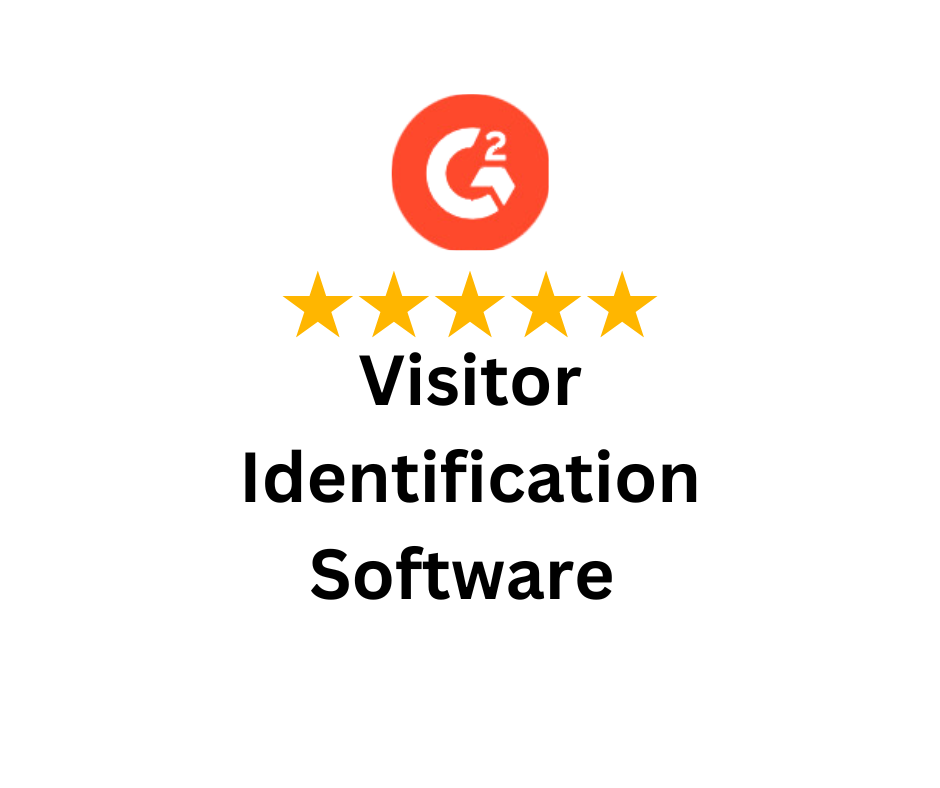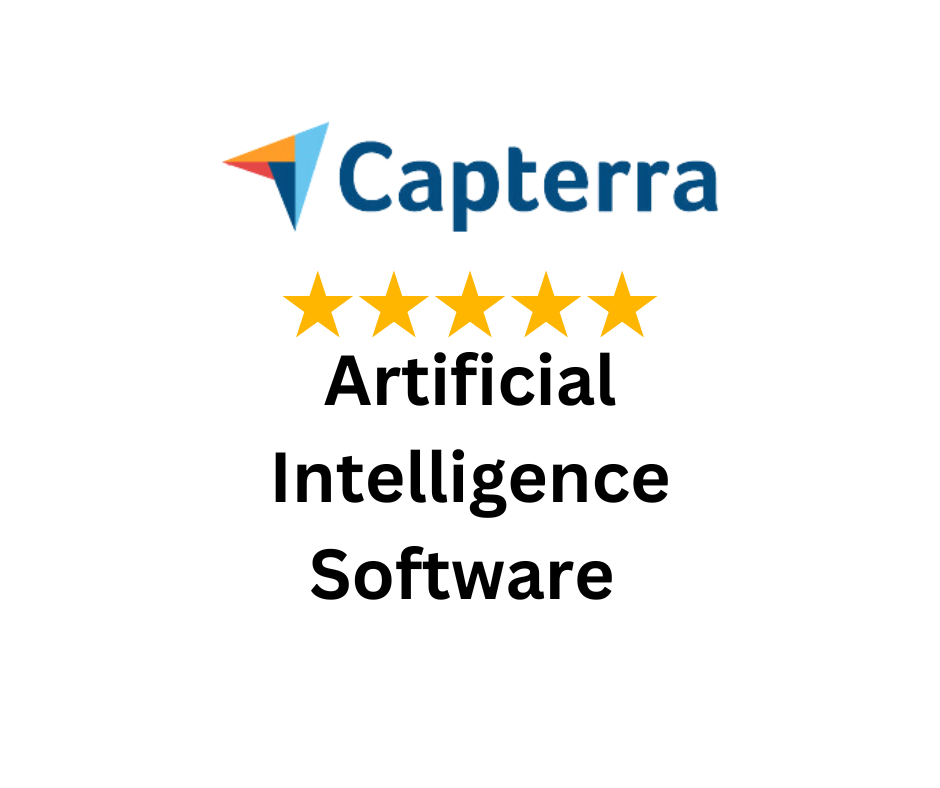94% of small business owners plan to increase their digital marketing budget in 2025. Of course, more budget doesn’t always equate to better results.
But what’s the challenge? Competing against brands with bigger teams, deeper pockets, and more reach.
Smaller businesses simply cannot afford to waste any money. Every dollar has to work hard for them.

This blog breaks down exactly how to advertise a small business in 2025 with strategies that work for any budget. You’ll see where AI is changing the game, which channels deliver the best ROI, and how to choose good advertising for small business that drives measurable growth without wasting resources.
Let’s begin by looking at what’s changed in advertising during 2025 and where the real opportunities are for small businesses.

The advertising arena has changed dramatically, creating both challenges and exceptional opportunities for those looking to advertise small businesses effectively.
Advertising isn’t what it used to be. Artificial intelligence has revolutionized how businesses advertise small business services. AI is reshaping targeting, privacy laws are changing how we track customers, and social media algorithms keep moving the goalposts.
But at its core, great marketing still comes down to one thing: connecting with the right people at the right time.
AI-powered targeting allows precise audience identification, automated bidding optimizes ad spend in real-time, and machine learning algorithms predict customer behavior patterns.
These solutions eliminate the advantage previously held by companies to target with advanced targeting strategies only available to larger enterprise-level companies.
The transition to privacy-first advertising has created a unique set of opportunities. Limitations imposed by Apple’s updates to iOS and the plans set by Google to phase out cookies make advertisers refocus on collecting their own first-party data.
The catch? You still need a human touch. AI can optimize your ads, but you need to prepare the message that resonates.
Business Size | Average Monthly Ad Spend | Expected ROI Timeline | Primary Focus |
Micro (1-5 employees) | $200-500 | 3-6 months | Local awareness |
Small (6-25 employees) | $500-1,500 | 2-4 months | Lead generation |
Medium (26-100 employees) | $1,500-5,000 | 1-3 months | Market expansion |
Rule of thumb: Allocate 60% to digital ads, 25% to local/offline efforts, and 15% to testing new channels. This distribution maximizes reach while testing new opportunities.
Knowing the market conditions and benchmarks is only the starting point. The real decision lies in which advertising channels deliver the best returns for your size and goals.
Digital advertising offers measurable results, precise targeting, and scalability that make it one of the most effective ways to advertise small businesses in 2025.

Google Ads remains the cornerstone of digital advertising for most effective advertising for small business strategies. The platform processes over 8.5 billion searches daily, providing massive reach potential. Success depends on keyword selection, ad quality scores, and landing page optimization.
Setting up effective Google Ads campaigns requires a systematic approach:
Cost-per-click varies dramatically by industry.
Social media advertising delivers exceptional targeting capabilities. With 3 billion+ users, Meta’s platforms are still gold for B2C businesses, and with detailed demographic and behavioral data enabling precise audience selection.
The platform’s 63% effectiveness rate among small businesses stems from its visual format and social proof elements.
What works in 2025:
Pro tip: Skip the generic “buy now” posts. Instead, show real customer stories, before/afters, testimonials, behind-the-scenes.
If you sell to businesses, LinkedIn is where your buyers actually pay attention, not in Facebook’s meme vortex.
Why This Works in 2025:
Let me put it this way: If your email list isn’t making you money, you’re sitting on a goldmine without a shovel.
The crazy part? Email generates $42 for every $1 spent; this is a higher ROI than Google Ads, Facebook, or any other channel. Yet most small businesses treat it as an afterthought.
Here’s how to fix that:
Look, everyone’s screaming “create content!” like it’s some magic growth hack.
It’s not. Most small business content fails because it’s either:
Quality content attracts potential customers during research phases, establishes expertise, and generates backlinks that improve search rankings. The compound effect makes this investment increasingly valuable over time.
Here’s the uncomfortable truth – content marketing only works if you:
Forget everything you’ve heard about “local SEO secrets.”
In 2025, it comes down to:
This takes consistency. You won’t see results in 30 days. But 6 months from now? You’ll be the business that:
Because you put in the work when your competitors gave up after month two.
Want proof? Look at any successful local business in your area – I guarantee they’re doing this stuff while everyone else complains that “SEO doesn’t work anymore.”
So are you in for the long haul, or just another business owner looking for a quick fix that doesn’t exist?
Traditional advertising methods remain relevant when combined strategically with digital efforts, especially when selecting good advertising for small business that maximizes return on every dollar spent.
Print advertising has moved beyond newspapers and magazines. Publications such as local newspapers, trade and industry newsletters, and community guides provide targeted reach at a reasonable price. The key is to choose those publications that your ideal customer is spending time reading.
Strategic partnerships with businesses that serve a similar customer can inhibit “twinned” advertising. For example, a landscaping company could partner with a home improvement store and share advertising costs that would reach the same readership. Generally, those relationships become long-term referral sources.
Radio and podcast sponsorships allow for closeness to the listener. Local radio stations have sponsorship packages that make it affordable to promote a business, and local podcasting often has niche markets that have very engaged listeners. Listeners would rather hear an advertisement than read, because audio is far more personal by nature. Audio adds a trusted voice and connects the advertising brand to the listener.
Direct mail campaigns achieve surprising effectiveness when properly executed. The average response rate of 4.4% exceeds most digital channels. Success requires targeted mailing lists, compelling offers, and professional design that stands out in mailboxes.
Community event participation builds local brand recognition while generating immediate leads. Chamber of Commerce events, trade shows, and local festivals provide face-to-face interaction opportunities. These connections often convert at higher rates than digital leads.
Referral programs leverage satisfied customers as advertising ambassadors. Structured programs with clear incentives motivate customers to recommend services actively. Word-of-mouth recommendations carry exceptional credibility and convert at premium rates.
Let’s cut through the marketing jargon. Your advertising needs to change as your business grows – what works when you’re unknown kills your budget when you’re established.
Here’s how to align your approach:
The cold hard truth: You’re wasting money on direct response ads right now.
What actually works:
Now we’re talking. At this stage:
Killer lead magnets that don’t suck:
The follow-up system that actually works:
This is where the money’s made. Try:
The “Why Didn’t We Think of This?” Loyalty Program:
Pro Tip: Your best customers should get your best offers FIRST. Not the other way around.
What most businesses get wrong?
They jump straight to “Buy Now” ads when no one knows who they are. Don’t be that guy.
“Market like you’re right, track like you’re wrong.”
Test everything – especially what “everyone knows” works.
Campaign Type | Primary Metric | Budget Allocation | Expected Timeline |
Brand Awareness | Impressions/Reach | 20-30% | 6-12 months |
Lead Generation | Cost per Lead | 40-50% | 1-3 months |
Direct Sales | Return on Ad Spend | 25-35% | Immediate |
Customer Retention | Lifetime Value | 10-15% | Ongoing |
Let’s be honest, most small business marketing plans are either:
Here’s how to build a realistic plan that actually moves the needle.
You wouldn’t throw $500 into a slot machine and pray so why do that with ads?
Example:
Key Question: “If I could only spend money on ONE channel this month, which would bring the most qualified leads?”
Spreading your budget too thin = wasting money.
Business Type Best Starting Channels
B2B (Consulting, SaaS) LinkedIn + Google Ads
Local Services (Plumbing, HVAC) Google Ads + Facebook Retargeting
E-commerce Facebook/Instagram + Google Shopping
Why This Works:
Pro Move: After 60 days, double down on the better performer and kill the laggard.
Your competitors’ ads probably suck. Here’s how to stand out:
Bonus: Add a real customer quote (even if it’s from a text message).
You don’t need a designer. Just follow these rules:
Tools That Save Time:
Pro Tip: Repurpose one hero image/video across all platforms (just resize it).
If you’re not tracking, you’re guessing.
Free Tools to Use:
Hard Truth: If a campaign isn’t profitable after 30 days (with optimization), kill it.
Remember: The goal isn’t perfection, it’s profitable action.
“A mediocre plan executed well beats a perfect plan that never launches.”
(Especially in marketing.)
What’s your first move?
Most businesses approach seasonal campaigns backwards. They react to demand spikes rather than anticipating them.
Here’s how to do it right:
Forget vanity metrics. Focus on these actionable insights:
What to Steal (Legally):
Owned Assets to Build Now:
Privacy-Compliant Tactics:
Remember: The most sophisticated marketers aren’t those who never make mistakes – they’re the ones who systematically learn from them. What one adjustment will you make to your strategy this quarter based on these insights?
You’ve invested time, effort, and budget to advertise small businesses and attract the right audience. Don’t let that momentum stop at traffic. Every visitor who leaves without converting is missed revenue and in 2025, you can’t afford to leave opportunities on the table.
CausalFunnel Deep ID platform bridges the gap between interest and action. With AI-driven tracking, personalized engagement, and conversion-boosting tools, it transforms your advertising from a cost into a profit engine.
Here’s your next step:
Your ads have done their job. Now, let’s make sure every click counts.
Empowering businesses to optimize their conversion funnels with AI-driven insights and automation. Turn traffic into sales with our advanced attribution platform.

